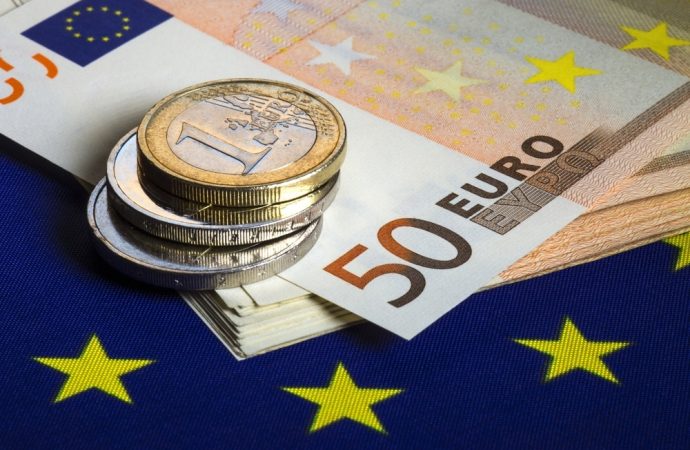Introduction In a notable economic development, the Eurozone is witnessing a slowdown in collective wage growth for the first time since 2022. This shift in wage dynamics raises questions about the factors at play and the potential implications for the Eurozone’s economic landscape. To analyze the Eurozone economics nuances of this trend, we turn to
Introduction
In a notable economic development, the Eurozone is witnessing a slowdown in collective wage growth for the first time since 2022. This shift in wage dynamics raises questions about the factors at play and the potential implications for the Eurozone’s economic landscape. To analyze the Eurozone economics nuances of this trend, we turn to Professor Maria Economic Insights, an economic analyst with a specialization in Eurozone economic trends and labor markets.
Understanding the Slowdown

This image is taken from google.com
The deceleration in collective wage growth within the Eurozone signifies a departure from the trends observed since 2022. Professor Maria Economic Insights suggests that this shift may be influenced by a combination of global economic factors, regional challenges, and evolving labor market dynamics.
Comparative Table: Eurozone Wage Growth Trends
| Period | Wage Growth Trends | Contributing Factors |
|---|---|---|
| 2022-2024 (Early Period) | Sustained wage growth, reflecting economic recovery. | Post-pandemic rebound, increased demand for labor, and fiscal stimulus. |
| Current Period | Slowdown in collective wage growth. | Global economic uncertainties, supply chain disruptions, and changing labor dynamics. |
Factors Contributing to the Slowdown

This image is taken from google.com
- Global Economic Uncertainties: The Eurozone’s interconnectedness with the global economy exposes it to uncertainties such as geopolitical tensions and trade disruptions, impacting overall economic confidence.
- Supply Chain Disruptions: Ongoing supply chain challenges contribute to increased costs for businesses, potentially limiting their capacity to raise wages.
- Changing Labor Dynamics: Evolving trends in remote work, gig economy structures, and technology adoption may influence how businesses approach compensation and hiring practices.
Comparative Table: Impact on Eurozone Economies
| Economic Aspect | Impact of Wage Growth Slowdown | Potential Consequences |
|---|---|---|
| Consumer Spending | May experience a slowdown due to reduced disposable income. | Could contribute to a deceleration in economic growth. |
| Inflation | Potential mitigation of inflationary pressures. | May provide relief to central banks grappling with inflation concerns. |
| Labor Market Dynamics | Potential impact on job market dynamics, wage negotiations. | Workers may face challenges in maintaining real wage growth. |
Policy Considerations
Professor Maria Economic Insights emphasizes the role of policymakers in navigating this economic shift. Government interventions, fiscal policies, and labor market reforms may play a crucial role in addressing the challenges posed by the wage growth slowdown, fostering economic resilience.
Conclusion:
The slowdown in collective wage growth within the Eurozone marks a significant shift in economic dynamics. Professor Maria Economic Insights provides valuable insights into the contributing factors and potential consequences for the region’s economies. As policymakers grapple with this new economic reality, the path forward will likely involve a careful balancing act between supporting economic growth and addressing the challenges posed by the evolving global landscape.
















